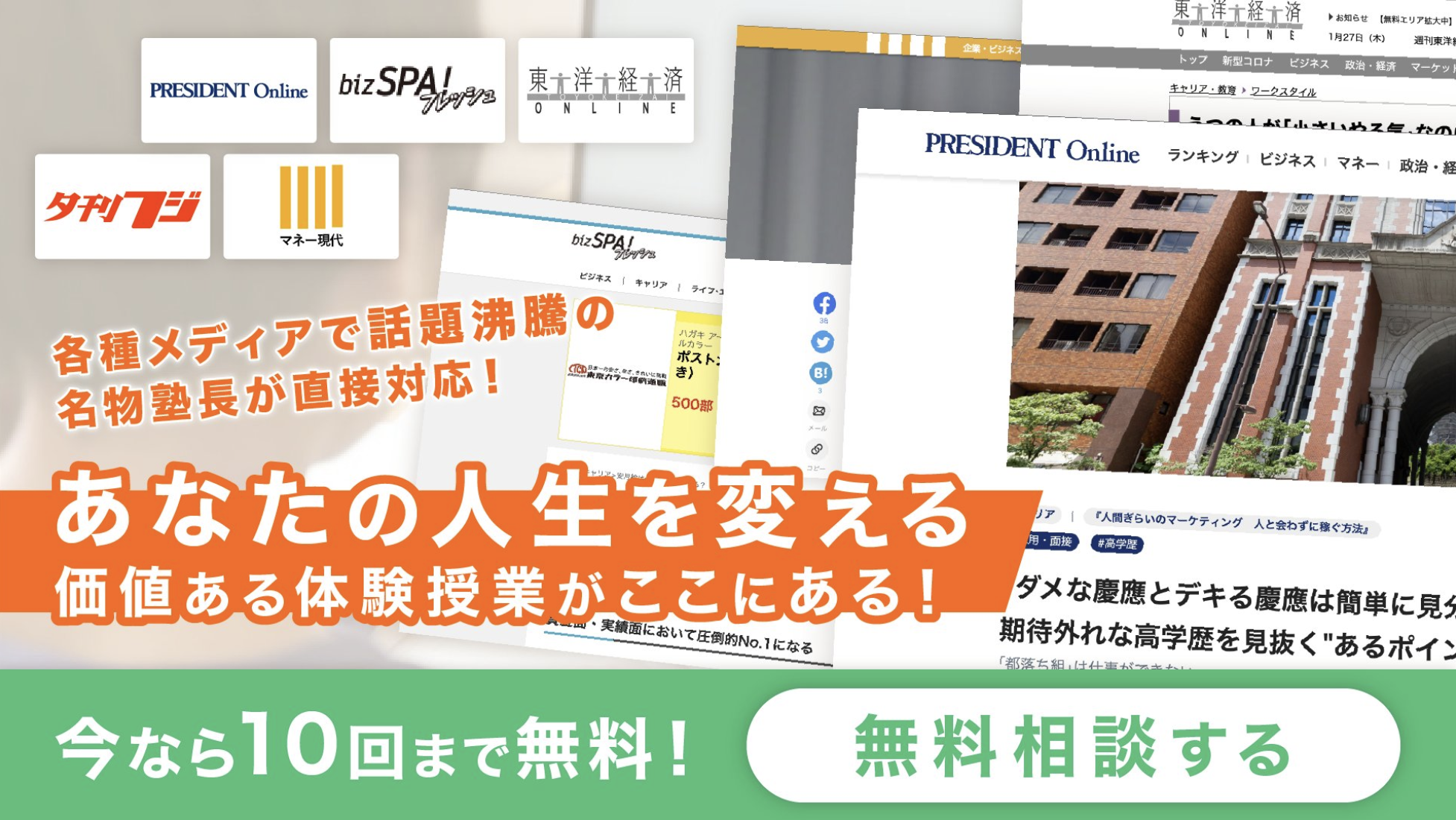慶應義塾大学 経済学部 PEARL入試 志望理由書 提出例(白塚 重典先生ゼミ向け)
Dr. Shigenori Shiratsuka
Professor
Department of Economics, Financial Policy Analysis
Keio University
Dear Professor Shiratsuka,
I am writing this letter with an intention to explain my background of study and determination in applying for Department of Economics at Keio University, specializing in Microeconomics. I have read a number of your published work which I was very intrigued by. I would be more than grateful if you could kindly give this a consideration.
Abstract
With the 2008 global financial crisis and another one approaching, there is much talk in the international economic communities about how to prevent the kind of prolonged slump that hit Japan after the end of the bubble economy years. The period between roughly 1985 and 1991 was a time of unparalleled prosperity in Japan which was a gilded age defined by opulence, corruption, extravagance and waste on all aspects of the economy. What lessons can we take away from the history and policy response?
Review
Review the cause for bubble economy and study how it bursted as well as policy response during prolonged recession.
Findings
Looking back at September 1985, when Japan and five other nations signed the Plaza Accord in New York, that agreement called for the depreciation of the dollar against the yen and was supposed to increase U.S. exports by making them cheaper. By that time, Japan established its manufacturing base and industrialization, that left pockets of many businesses and individuals a lot of savings. Therefore, the agreement enabled them to go out and but properties, businesses and all kinds of assets around the world. In terms of policies, Japan central bank lowered its interest rate to accelerate loan income and immigration laws were loosened to welcome factory workers. In 1990, wake up call to the economy was, when corruption within banks and big corporations came to light on media, and businesses and consumers stopped spending. Various government-sponsored fiscal and economic stimulus measures, including trillions of yen in failed public works projects didn’t do much to revive the economy because it was mostly too late. Reasons being, 4 years before the real estate price peaked, Japanese bank regulators did not issue and regulations or quantative measures to avoid accepting overvalued assets.
Summary
Today, many believe that Japan’s responses to the boom and the bust in the late 1980s and
the early 1990s were too little, too late and we can learn from it when similar movements are happening in ASEAN countries including Thailand and China. I believe this thesis has room for much needed further review, and I would love to take part in your seminar to conduct more research and deepen my understanding. Thank you very much for taking the time and I look forward to hearing from you soon.
Thank you and Best Regards,
*Japan’s Bubble, Deflation, and Long-term Stagnation, Tomohiro Ishikawa, September 2011






コメントを残す